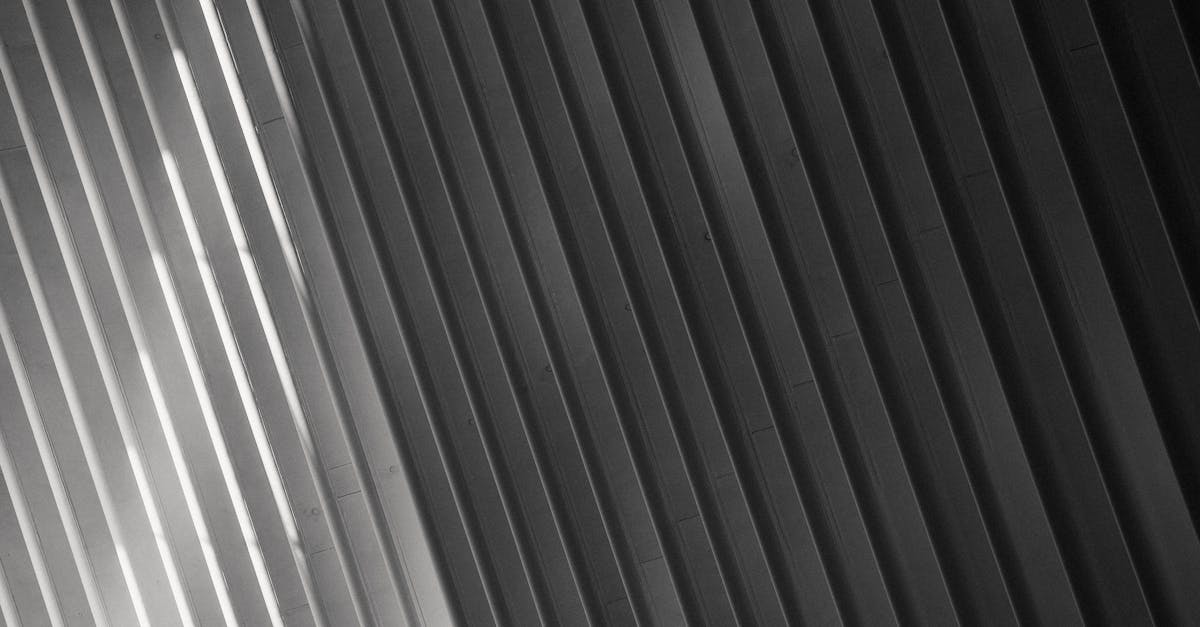
, reducing the risk of corrosion and deterioration over time. This resilience to environmental factors is a significant reason why Colorbond roofing is a popular choice for homeowners seeking a long-lasting and low-maintenance roofing solution.
UV Protection Contact Us!
UV protection is a crucial aspect when it comes to the longevity of Colorbond roofing. The harsh Australian sun can take a toll on roofing materials if they are not adequately shielded from the damaging UV rays. Colorbond roofing is designed to have a durable coating that provides excellent UV protection, ensuring that the vibrant colours of the roof stay intact for many years without fading.Privacy Policy
The UV protection on Colorbond roofing not only helps maintain the aesthetic appeal of the roof but also plays a significant role in preserving the structural integrity of the material. By preventing UV damage, Colorbond roofing can withstand the harsh climate conditions and remain resilient against cracking, peeling, or warping. This protective coating ensures that the roof maintains its strength and durability over time, making it a reliable choice for Australian homeowners looking for a long-lasting roofing solution.
Environmental Factors
Environmental factors play a significant role in determining the longevity of Colorbond roofing. Exposure to harsh sunlight and UV radiation can cause the colour to fade over time, impacting both the visual appeal and the protective properties of the roofing material. By providing adequate UV protection through specialized coatings, Colorbond roofing can maintain its aesthetic appeal and durability against the Australian sun's strong rays.
Additionally, the effects of pollution in the environment can also impact the lifespan of Colorbond roofing. Airborne pollutants, such as industrial emissions and vehicle exhaust, can lead to the buildup of grime and contaminants on the surface of the roofing material. Regular cleaning and maintenance can help mitigate these effects, preserving the integrity of the Colorbond roofing and ensuring its long-term performance in various environmental conditions.
Pollution Effects
Pollution can have a detrimental impact on the longevity of Colorbond roofing. The accumulation of pollutants in the environment can gradually degrade the protective coatings on the roof, leading to premature wear and tear. Chemical compounds present in pollution can react with the metal surface, causing corrosion over time.
Additionally, pollutants such as industrial emissions and vehicle exhaust can contribute to the formation of acidic rain. This acidic rain can erode the Colorbond roofing material, compromising its structural integrity and aesthetic appeal. It is essential to consider the environmental factors surrounding the building location to assess the level of pollution that the Colorbond roof may be exposed to, in order to implement appropriate maintenance strategies and extend its lifespan.
FAQS
How long can Colorbond roofing last?
Colorbond roofing can last up to 50 years with proper maintenance and care.
What are some common mistakes to avoid when installing Colorbond roofing?
Common mistakes to avoid when installing Colorbond roofing include using incorrect fasteners and not following the manufacturer's guidelines.
How does the coating on Colorbond roofing contribute to its longevity?
The coating on Colorbond roofing provides UV protection, which helps prevent fading and corrosion, ultimately extending the lifespan of the roof.